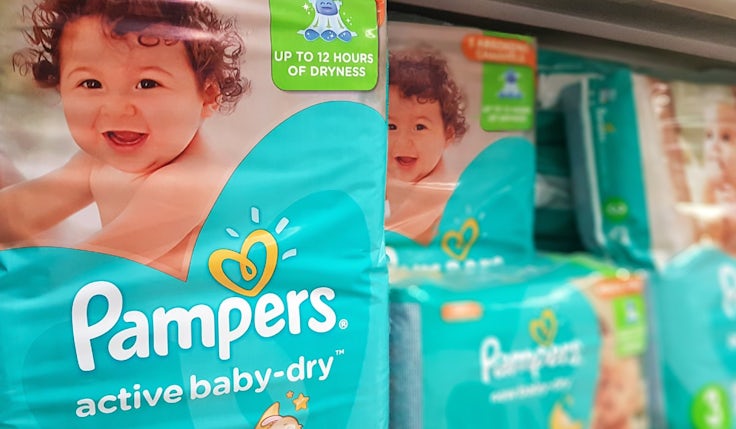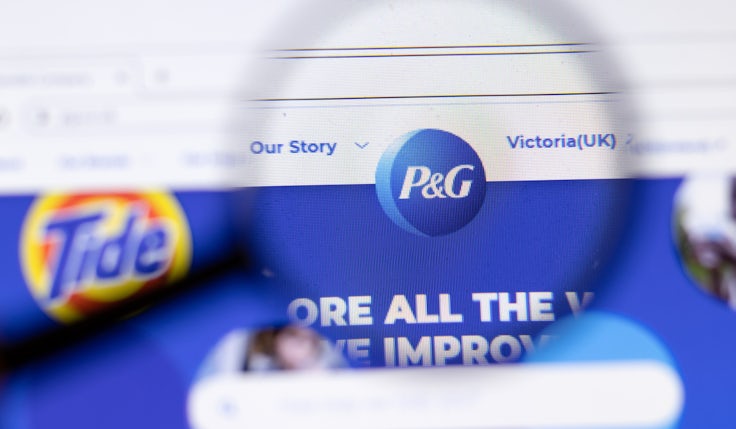P&G finance chief: Product ‘superiority’ has shielded brands from private label impact
The consumer goods giant ‘reset’ its superior product portfolio, reducing the proportion of its products that are included in it, in order to fight ‘inertia’.
 P&G’s chief financial officer Andre Schulten has said the company’s focus on “true superiority” has enabled it to “break through normal purchase behaviour” and enable growth for its brands despite the rise of private label.
P&G’s chief financial officer Andre Schulten has said the company’s focus on “true superiority” has enabled it to “break through normal purchase behaviour” and enable growth for its brands despite the rise of private label.
Speaking at the Morgan Stanley Global Consumer and Retail Conference this week to an audience of financial analysts, Schulten asserted that its European team had been able to achieve growth even as private label products expanded in Europe.
The company is growing absolute volume sales in Europe, Schulten asserted.
“Private label is growing. We see 60 to 80 basis points of private label growth. But in every market and a category where there is private label growth, we are also growing,” he said.
What we decided to do in each of the categories was take another look at our superiority levels and sharpen the criteria for what we consider superior.
Andre Schulten, P&G
Schulten believes this shows that “with the right proposition” the consumer is willing to choose and pay for a premium product if they are “reassured it is delivering value”.
The consumer goods giant is looking to drive growth through innovation and “superiority” rather than through promotional tactics, he said.
The business has also sought to “reset” its superiority portfolio in recent times. Back in 2016 and 2017, “superior” products made up less than a third of P&G’s portfolio, but that figure has risen to 80% in more recent years.
The business became concerned this high ratio of superior products might trigger “inertia” in certain brands hence why it took the decision to “reset” its superiority portfolio.
P&G raises outlook as it hails focus on brand ‘superiority’
“What we decided to do in each of the categories was take another look at our superiority levels and sharpen the criteria for what we consider superior,” he stated.
One of the criteria introduced by P&G is that superior products need to be so noticeably better than others in their specific category that “when you use them for the first time, you are clear that it’s the best possible solution you could purchase,” Schulten said
This level of superiority will not only drive repeat purchase, he said, but will also trigger social media “buzz” which may encourage others to buy it.
As a result, the new “reset” superior category now consists of around 20-30% of P&G’s portfolio, depending on the particular market and category.
The focus on superiority needs to be combined with productivity, Schulten said. Delivering on productivity to finance investment in product is a priority for the company.
‘Pushing boundaries’ on media spend
P&G will invest the majority of its productivity savings into innovation, its go-to-market capabilities and media, Schulten pledged.
“Our media investment is very robust, and it’s robust because we’re pushing the boundaries,” he said, claiming the business is becoming increasingly efficient in this spend.
This efficiency has been achieved through P&G’s capabilities to target and reach consumers.
The business is also testing new ways to make its marketing spend more efficient, including what Schulten called “dual track marketing”, which means media carrying “two messages” at once rather than focusing on one specific job.
P&G CFO commits to ‘100% ROI-driven’ approach to marketing investment
The business is also “checking for maximum frequency”, he said, increasing frequency and reach to higher levels to see whether that delivers results.
These initiatives are all in pursuit of delivering the best possible return on investment for the business. Earlier this year, Schulten told investors that P&G bases its level of marketing spend on the returns it sees, describing the approach as “100% ROI driven”.
P&G wants it marketing spend to work as hard as it can so as to deliver on wider goals, he said.
“It’s all in the spirit of further driving superiority, further driving market growth, which is our role in the marketplace,” he concluded.






